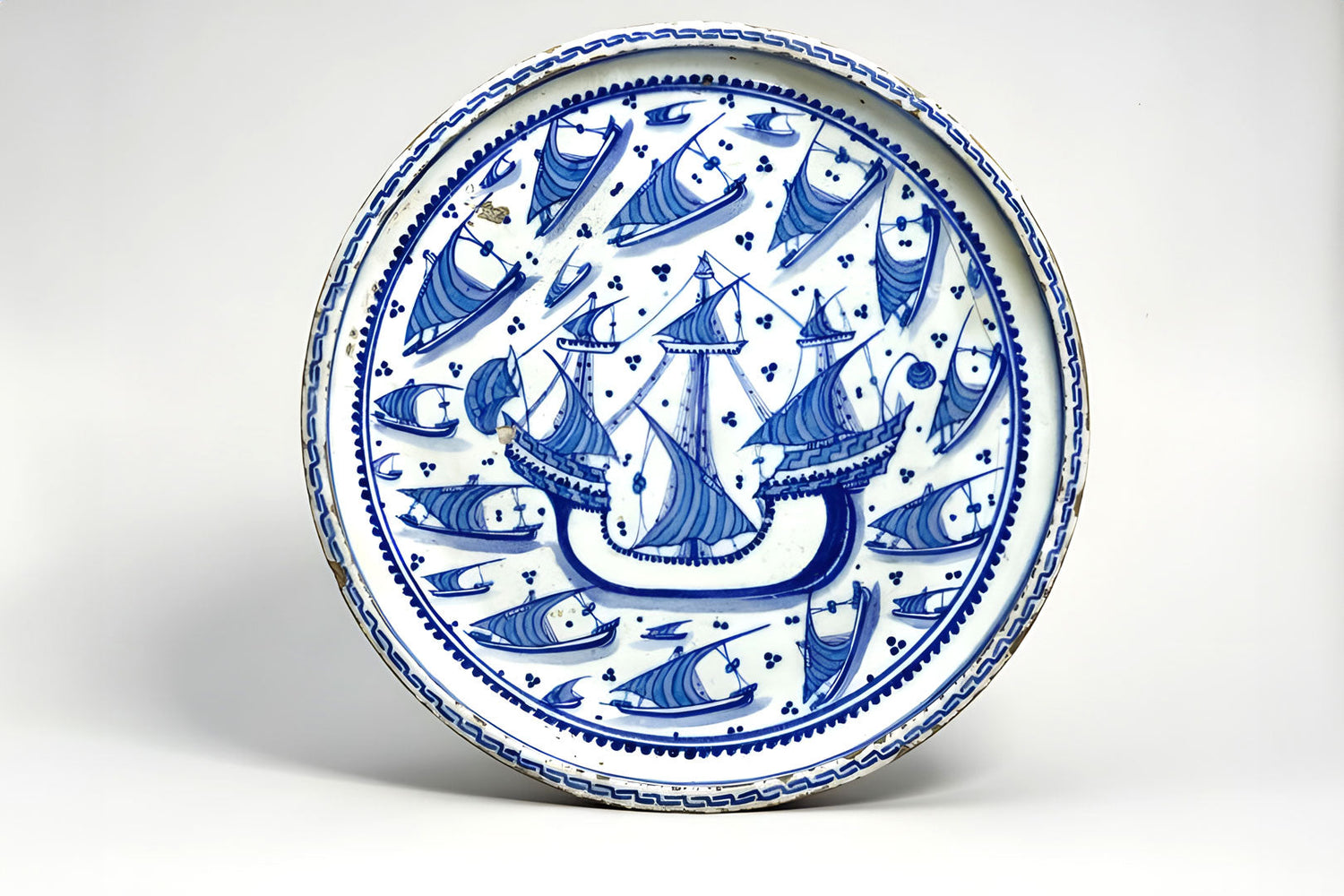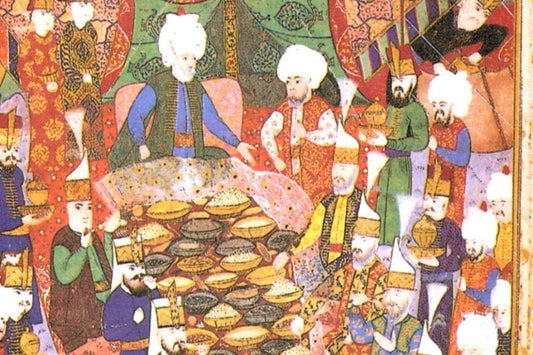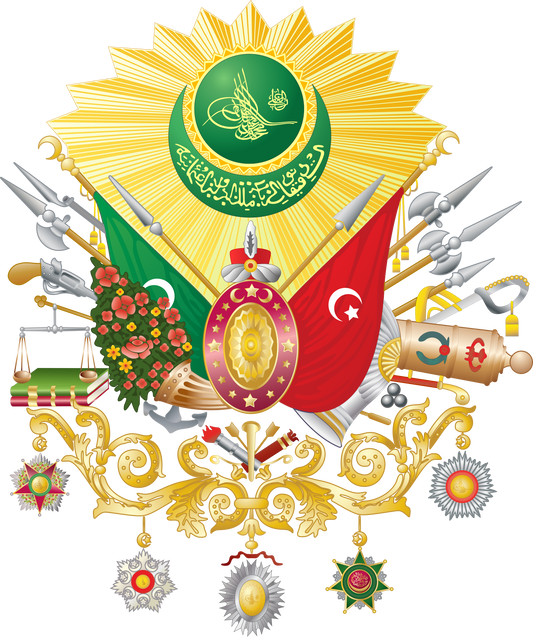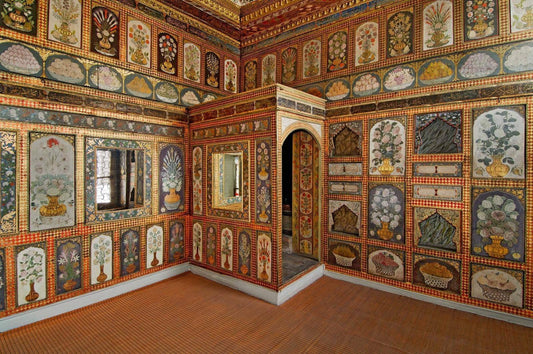In world history, seafaring has played a critical role in the rise and fall of civilizations. In this sense, the Ottoman Empire's maritime dominance and maritime heritage are a significant milestone in its journey to becoming a great power. Beginning with the first navy established in the 14th century with the assistance of the Karesi Principality, Ottoman maritime history tells the story of its transformation from a small principality to a vast empire spanning three continents. In this article, we will explore how the Ottomans established a naval power on seas stretching from the Black Sea to the Mediterranean, and even through the Red Sea and the Persian Gulf to the Indian Ocean. We will explore the richness of their maritime heritage, from their historical ship types to their influence in art and culture. The epic stories of sailors from Barbaros Hayreddin Pasha to Kılıç Ali Pasha, the depictions of ships in art, and the strategic importance of maritime cities paint a vivid picture of how the Ottomans conquered the waters.
The Establishment and Development of the Ottoman Navy
The Ottoman Empire established a navy in the early 14th century with the help of the Karesi Principality, built a shipyard in Karamürsel, and built its first warships. As the Ottomans expanded their borders and became an empire spanning three continents, they established dominance in the Black Sea and the Mediterranean, and even extending to the Indian Ocean via the Red Sea and the Persian Gulf. During this period, renowned sailors such as Barbaros Hayreddin Pasha and Kılıç Ali Pasha consolidated Ottoman naval power. The Ottoman navy featured a variety of vessels powered by oars and sails; the smallest of these was called the Karamürsel, and the largest, the Baştarda.
The Evolution of Ottoman Maritime Art
Galleys, the mainstay of the Ottoman navy, were gradually replaced by larger and more powerful galleons. From the 16th century onward, ship types began to be depicted in greater detail in miniature art, and this influence reverberated across other artistic disciplines. Ship depictions in ceramics and engravings are often generalized as galleys and galleons, as it is difficult to precisely identify the ships in these works.
Maritime Motifs in Iznik and Çanakkale Ceramics
Single-masted galleys, seen in İznik ceramics, are depicted propelled by the wind, sometimes with white, sometimes blue-striped sails. The depictions of large single galleons on İznik ceramics in the 17th century are considered an indicator of the transformation of the navy. After tile production ceased in İznik, local ceramic centers like Çanakkale gained importance. For centuries, Çanakkale played a critical role in protecting the capital against naval attacks, and the galleon and cannon motifs on the ceramics reflect this strategic role of the city.
Cultural Reflections of the Ottoman Maritime Heritage
From the 18th century onward, seaside cityscapes became popular in hand-drawn landscape paintings, and depictions of ships were incorporated into everything from mansions and mosques to silver vessels. Galleons, symbolizing the power of the navy with their star-and-crescent banners, vessels propelled by both sails and oars, and imperial barges with their 13 pairs of oars and a stern kiosk adorned many spaces. These details reveal the richness and diversity of the Ottoman Empire's maritime history.
This article delves into the Ottoman Empire's impressive maritime legacy and how it played a critical role in the rise of civilization. From the establishment of the first navy in the 14th century with the assistance of the Karesi Principality to the expansion of maritime dominance to create a vast empire spanning three continents, significant turning points in Ottoman maritime history are explored. The periods of Ottoman maritime prowess, reaching its peak under the leadership of historical figures such as Barbaros Hayreddin Pasha and Kılıç Ali Pasha, and the use of rowed and sail-powered vessels, are a vivid example of this legacy. Furthermore, it details how depictions of ships held a prominent place in artwork, ceramics, and hand-carved landscapes, and how they were deeply integrated into Ottoman culture. Ultimately, this article celebrates the Ottoman Empire's maritime history, its achievements, and its cultural heritage, emphasizing its role in shaping civilization. Ottoman maritime history is not merely a narrative of warfare and domination; it is also a mosaic of cultural richness and artistic expression. You can click here to examine the new galleon designs prepared by the palace muralists for tiles and created in our facility.




